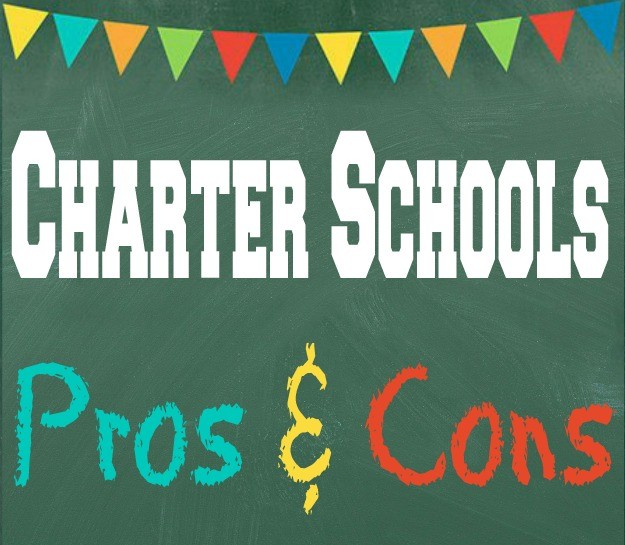(excerpted from the Hechinger Report’s Jill Barshay)
Research sometimes shows that charter schools are better at raising student achievement than traditional public schools. But many charter schools get about the same results and sometimes charter schools do worse. Since charter schools are funded by public tax dollars, it’s important to have a way to decide which ones to open.
A new Boston study suggests a possible path forward: allow only charter schools that can prove they are better than traditional public schools to expand. That might sound like common sense, but many states and districts don’t have such stringent standards. The study found that, at least in Boston, proven charter schools continued to produce outsized test score gains for students even as they added campuses and served more students.Top of Form
Bottom of Form
“We see something that worked,” said Sarah Cohodes, a professor at Teachers College, Columbia University, and one of the study’s three authors. “Authorizing charter schools is supposed to be a rigorous process, but different authorizers have different philosophies about the best way to do that. To our knowledge, Massachusetts is the only state that has this proven provider policy. This is a very promising path.” (The Hechinger Report is also based at Teachers College but is an independently run news organization.)
The study by Cohodes and two other academic researchers tracked what happened in Boston after 2010, when the state allowed more charter schools to open. The charter sector doubled, enrolling more than 30 percent of the city’s sixth graders, for example. But the state was very choosy about which new schools it permitted, approving only those charters with a proven track record of raising academic achievement. In the case of Boston, those schools subscribed to a “no excuses” philosophy. The schools tended to combine strict discipline with high expectations, increased time in school, frequent testing and tutoring along with standardized practices for hiring and training teachers. They largely enrolled low-income students of color.
The researchers focused on middle schools, studying three charter networks that already had schools in the city, Roxbury Preparatory, Brooke Charter Schools and Excel Academy Charter Schools, along with two newcomers, KIPP and UP Academy, which won approval based on their track records in other cities. In all, seven new schools opened, doubling the number of charter middle schools in the city.
The new charters were popular with Boston families; there were many more applicants than seats in the schools. Researchers compared test score gains for students who won a seat in admissions lotteries with those who didn’t and ended up attending a traditional public school. The researchers found that students’ test score improvements in the new schools were just as high as in the original group of high-quality charter schools. Charter school test gains continued to outpace those in traditional public schools and the charter school sector as a whole became even more effective, as measured by test scores. One of the biggest criticisms of charter schools is that they weed out difficult students.
The study, “Can Successful Schools Replicate? Scaling Up Boston’s Charter School Sector,” is still a working paper, meaning it hasn’t yet been published in a peer-reviewed journal. But it was circulated by the National Bureau of Economic Research in May 2019. In addition to Cohodes, it was written by Elizabeth Setren at Tufts University and Christopher Walters at the University of California, Berkeley.
The researchers also noted that teacher quality at the charter schools didn’t vary much. To be sure, some teachers were better than others; that is, they helped students’ test scores rise even more. But these differences weren’t so big. At traditional public schools, by contrast, there’s a huge range of teacher quality from very effective to very ineffective.
That led the authors to speculate that the standardization of hiring, training and teaching practices at these “no excuses” charter schools is driving the results. Much like at fast-food restaurants, there’s a lot that each charter school network does identically at every campus. The researchers learned through interviews that the curriculum at these schools was largely set by school leaders or collectively planned by experienced teachers. New teachers didn’t write their lessons from scratch. In Boston, experienced teachers from the parent campuses spent a lot of time mentoring teachers in the expansion schools. During the hiring process, network leaders sought new teachers who believed in the school model before they started.
Deciding which charter schools should be allowed to receive public funds and educate children is tough. This proven provider study points to a tension between using the charter school sector as a laboratory of innovation, while insisting that it must outperform traditional public schools. If we insist on the latter, that might tip the scales to large charter chains that emphasize testing, ignoring other things that we value.










